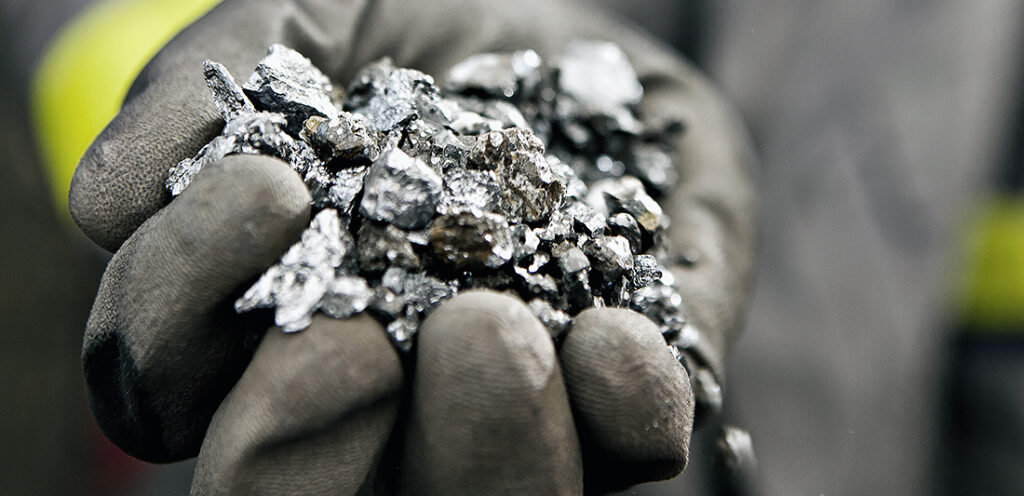Mineral materials are naturally occurring substances found in the Earth’s crust that possess distinct chemical compositions and physical properties. They serve as the foundation for numerous industries, including construction, manufacturing, electronics, and energy production. This article provides a comprehensive overview of mineral materials, highlighting their properties, types, and diverse applications.
- Definition and Formation of Mineral Materials: Mineral materials are inorganic substances formed through natural geological processes. They originate from the crystallization or solidification of molten rock (magma), precipitation from solution, or accumulation of organic matter. Various factors, such as temperature, pressure, and chemical composition, influence their formation, resulting in a wide range of mineral types.
- Physical and Chemical Properties: Mineral materials exhibit diverse physical and chemical properties, which make them valuable for various applications. Some key properties include:
- Hardness: Minerals vary in hardness on the Mohs scale, which measures their resistance to scratching.
- Density: Mineral density ranges from lightweight substances like pumice to denser materials such as gold or platinum.
- Color and Luster: Minerals display a spectrum of colors and luster, ranging from metallic (e.g., pyrite) to non-metallic (e.g., quartz).
- Cleavage and Fracture: Minerals can break along specific planes (cleavage) or irregularly (fracture).
- Transparency: Minerals can be transparent, translucent, or opaque, influencing their suitability for optical applications.
- Chemical Composition: Minerals are composed of specific elements or compounds, giving them distinct chemical identities.
- Classification of Mineral Materials: Minerals are classified into various groups based on their chemical composition and crystal structure. Some common mineral classes include:
- Silicates: The largest group of minerals, silicates are composed of silicon and oxygen. Examples include quartz, feldspar, and mica.
- Carbonates: Minerals containing carbonate ions, such as calcite and dolomite.
- Oxides: Minerals composed of oxygen and a metal, such as hematite and magnetite.
- Sulfides: Minerals containing sulfur, such as pyrite and galena.
- Sulfates: Minerals composed of sulfate ions, such as gypsum and barite.
- Native Elements: Minerals composed of a single element, including gold, silver, and copper.
- Applications of Mineral Materials: Mineral materials have a wide range of applications across industries. Some notable examples include:
- Construction and Building Materials: Minerals like limestone, granite, and sand are crucial for constructing buildings, roads, and infrastructure.
- Metals and Alloys: Minerals like iron ore, bauxite, and copper are used for producing metals and alloys, which serve as vital components in manufacturing and construction.
- Ceramics and Glass: Minerals such as clay, feldspar, and silica are key ingredients in the production of ceramics and glass.
- Electronics: Minerals like tantalum, tin, and lithium are essential for manufacturing electronic devices, batteries, and semiconductors.
- Energy Production: Minerals like coal, uranium, and natural gas play a crucial role in generating energy through power plants or fueling vehicles.
- Gemstones: Precious minerals such as diamonds, rubies, and emeralds are used in jewelry and adornments.
- Mining and Sustainability: The extraction of mineral materials has significant environmental and social impacts. Sustainable mining practices, including responsible extraction, resource conservation, and reclamation, are crucial for minimizing these impacts and preserving ecosystems and local communities.
Conclusion: Mineral materials are indispensable resources that fuel various industries and technologies. Understanding their properties, classifications, and applications is essential for optimizing their use while considering environmental and social sustainability. Continued research and responsible mining practices will contribute to the efficient extraction and utilization of mineral materials, ensuring their availability for future generations.
The study of mineral materials is an ongoing field of research, as scientists and engineers strive to discover new deposits, develop innovative extraction techniques, and explore novel applications. Advanced technologies, such as spectroscopy and X-ray diffraction, enable the identification and characterization of minerals, aiding in their classification and understanding of their properties.
Moreover, the sustainable use of mineral resources is a pressing concern. Conservation efforts, recycling initiatives, and the development of alternative materials aim to reduce the reliance on non-renewable mineral sources. Additionally, the concept of the circular economy promotes the efficient use and reuse of mineral materials throughout their lifecycle, minimizing waste generation and environmental impact.
International regulations and frameworks, such as the Kimberly Process Certification Scheme for conflict diamonds, strive to ensure ethical practices in the mining and trade of minerals. These initiatives aim to prevent the exploitation of workers, reduce environmental degradation, and promote transparency in the supply chain.
In conclusion, mineral materials play a vital role in numerous industries and applications. Their unique properties and diverse range of types make them indispensable resources for human development. However, it is crucial to approach the extraction and utilization of mineral materials with sustainability in mind. Responsible mining practices, resource conservation, and the development of alternative materials will contribute to a more sustainable and balanced use of these valuable resources, ensuring their availability for future generations while minimizing environmental and social impacts.
